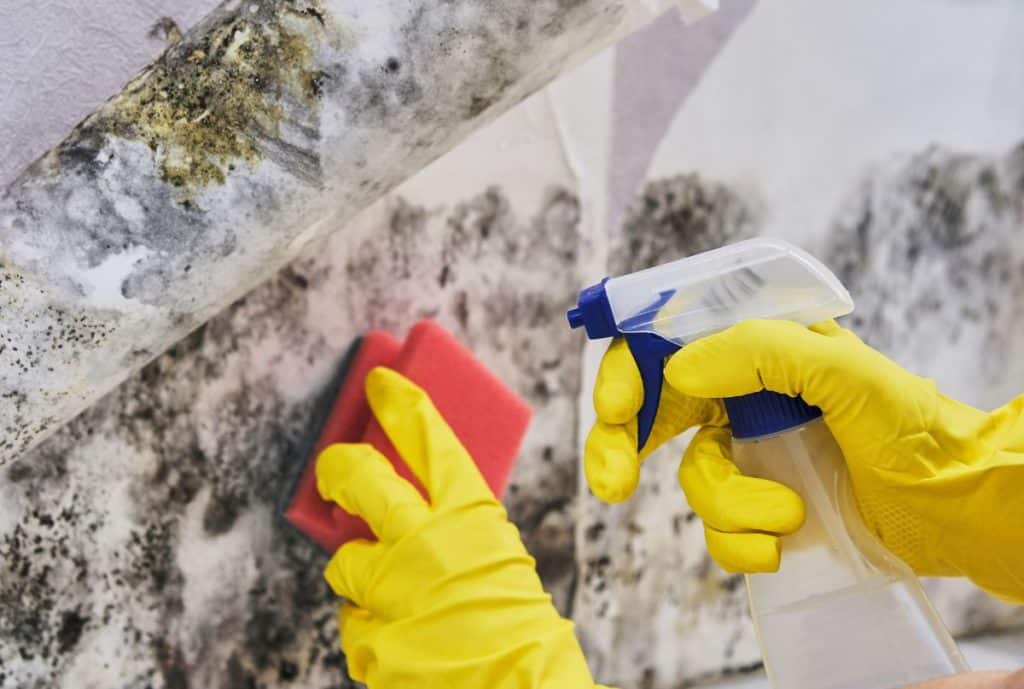
Exposure to poisons is a common problem. The Institute of Medicine estimates that the incidence of poisoning in the United States is approximately 4 million cases per year, with 300,000 cases leading to hospitalization and about 30,000 deaths. In 2003-2004, poisoning accounted for 18 percent of all injury deaths and 10 percent of hospital discharges for injuries.
Poisoning is a significant public health issue for children. Each year in the United States, more than 1 million poison exposures among children younger than six are reported to the American Association of Poison Control Centers (AAPCC). In addition, approximately 130,000 to 140,000 exposures are reported for children 6 to 12 years and 150,000 to 170,000 for teenagers 13 to 19 years. However, these numbers are most likely underestimated because not all poisoning exposures are reported to poison control centers.
Over 90 percent of poisoning exposures occur in homes. Household cleaners or chemicals in spray bottles are hazardous because of their allure to children. They are colorfully packaged, often sweetly scented, and come with handles that beg to be squeezed. One study by Nationwide Children’s Hospital researchers found that spray bottles were implicated in 40 percent of all household cleaner poisonings involving children.
Below are other items in your home and garden that could cause poisoning:
Medicines
These are OK in the right amount for the right person. However, they can be dangerous for children who take the wrong medicine or swallow too much.
Topical anesthetics
These medicines can cause seizures or methemoglobinemia, which keeps the blood from carrying oxygen to the tissues. Be careful with teething gels, hemorrhoid preparations, anti-itch creams, and sunburn relief agents.
Nail glue remover and nail primer
Some products used for artificial nails can be poisonous in surprising ways. For example, some nail glue removers have caused cyanide poisoning when swallowed by children. In addition, some nail primers have caused burns to the skin and mouth of children who tried to drink them.
Pesticides
Some of the nastiest chemicals known to man go into pesticides, so keep them away from children. Not only do they present a poisoning danger, but most are toxic even to the touch and should never be handled by children or pregnant women.
Fertilizer and lawn treatment chemicals
Much like pesticides, these can range from mildly toxic to potentially deadly. So it’s vital to watch younger kids to ensure they don’t pick up fertilizer pellets off the ground and eat them.
Rat poison
The American Association of Poison Control Centers receives 12,000 to 15,000 reports yearly about children under six being exposed to rat poisons. Unfortunately, garden-variety rat poison pellets look a little too much like candy, granola, or cereal to a curious kid. This is even more frightening, considering that as little as ten rat poison pellets can kill a child.
Pool and hot tub chemicals
The chemicals used to treat water for pools and hot tubs are some of the most toxic chemicals you can have around the house. Merely breathing in a strong dose of undiluted chlorine can kill a child or cause permanent lung damage. So treat these chemicals with extreme caution.
Accelerants and flammable chemicals
As a general rule, it will be toxic to kids if you can light it on fire. Whether gasoline or chemicals like torch fuel, these accelerants can cause significant damage to a child’s esophagus, lungs, and digestive system. So even if a kid only takes a single gulp before realizing their mistake, it can still cause significant, sometimes life-altering damage.
Windshield washer solution and antifreeze
Small amounts of these liquids are poisonous to humans and pets. For example, windshield washer solution can cause blindness and death if swallowed. Antifreeze can cause kidney failure and death if ingested.
Alcohol
When children swallow alcohol, they can have seizures, go into a coma, or even die. This is true no matter where the alcohol comes from. For example, mouthwash, facial cleaners, and hair tonics can have as much alcohol in them as alcoholic beverages.
Tobacco products
Certain tobacco products, such as Camel Orbs or other dissolvable novelty products, can be dangerous. These tobacco lozenges look like Tic-Tacs and often taste like candy, and can poison little kids who may eat many.
Wild mushrooms
Many types of mushrooms grow in many areas. Unfortunately, some are deadly to eat. Only experts in mushroom identification can tell the difference between poisonous mushrooms and safe mushrooms.
Toothpaste
It may seem counterintuitive, but toothpaste is a poison you put in your mouth. Its active ingredient is sodium fluoride of some type. While healthy for teeth, this is a reasonably toxic poison if ingested, which is why they say you should teach preschoolers to spit, and the tube says you need to call poison control if a child swallows more than what is used for brushing. While the overall concentration of sodium fluoride is small, usually around 0.24 percent, it could pose a real problem if a child ingests a significant amount by eating it directly from the tube, which has been known to happen.
.
Edublox offers cognitive training and live online tutoring to students with dyslexia, dysgraphia, and other learning challenges. Our students are in the United States, Canada, Australia, and elsewhere. Book a free consultation to discuss your child’s learning needs.

.
References:
http://www.uptodate.com/contents/prevention-of-poisoning-in-children
http://www.keepyourchildsafe.org/child-safety-book/common-household-poisons.html
http://www.poison.org/common-and-dangerous-poisons


